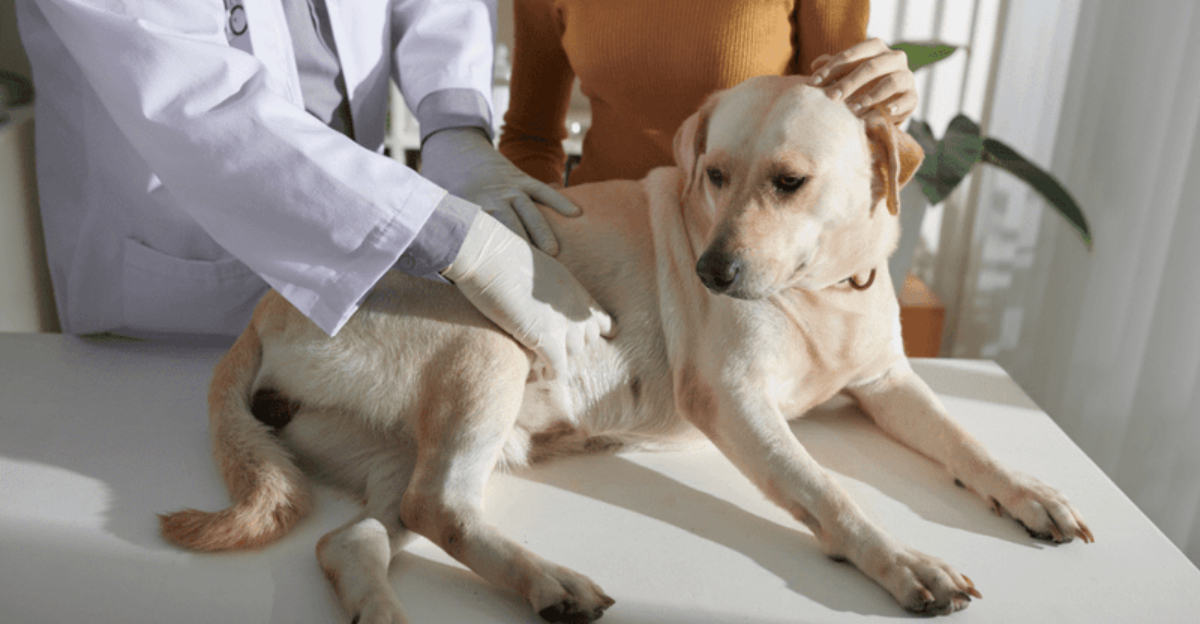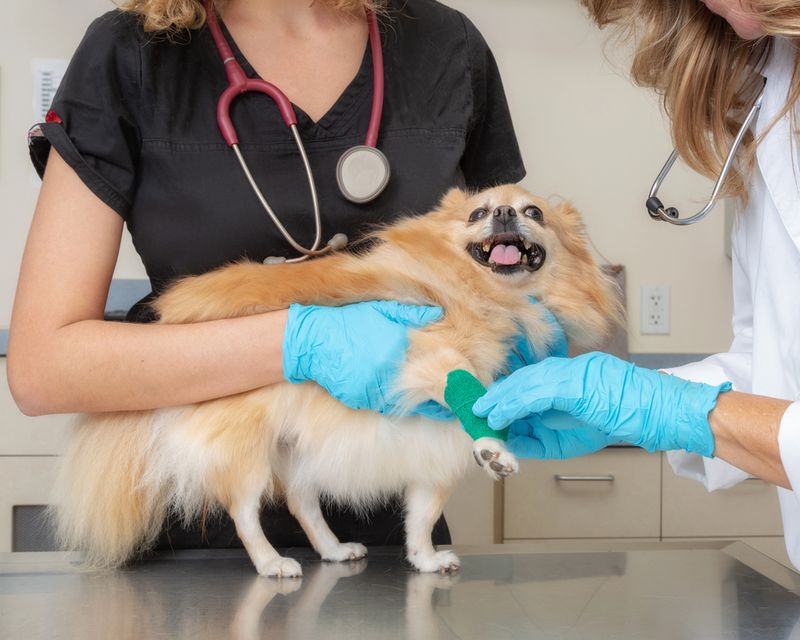Dogs, like humans, may experience sudden health issues that require immediate medical attention. Understanding the warning signs that your pet needs an emergency vet visit is crucial. Here are seven critical signs not to ignore, ensuring timely care for your furry friend.
Continuous Vomiting
Ever noticed your dog vomiting more than twice within a short span? Continuous vomiting is not just unpleasant but could signal a serious underlying problem.
It could be anything from gastrointestinal issues to poisoning. Observe the frequency and accompany it with any signs of fatigue or dehydration.
Avoid giving any food until assessed by a vet. Seek immediate help if vomiting is accompanied by blood or if the dog appears lethargic.
Difficulty Breathing
Breathing is essential, and any difficulty in this basic function requires prompt attention. Witnessing your dog gasping or wheezing?
This could be an indication of respiratory distress. It might be due to a foreign object or a serious condition like pneumonia.
A quick vet visit can alleviate the problem, ensuring your pet’s respiratory stability. Don’t delay, as every breath counts.
Severe Lethargy
Your bubbly dog suddenly turns into a couch potato? Lethargy may seem trivial but can be a signal of deeper health issues.
It can indicate problems such as infections, organ failure, or even depression. Monitor for additional symptoms like refusal to eat or drink.
Immediate vet consultation can diagnose the cause. Your dog’s liveliness is its hallmark, and any drop in energy needs attention.
Uncontrolled Bleeding
Blood is life, and its uncontrolled loss demands immediate action. Noticed a cut or wound bleeding profusely?
This could lead to significant blood loss, especially in smaller breeds. Apply pressure to manage the bleeding while you rush to the vet.
Prompt care is essential to prevent shock or further complications. Don’t wait for the bleeding to stop on its own.
Seizure Activity
Sudden shaking and twitching can be alarming. Seizures might be a sign of neurological disorders or toxin exposure.
Stay calm and clear the area to prevent injury during the episode. Record the duration and frequency to provide the vet with accurate information.
Immediate medical attention helps in stabilizing and diagnosing the cause. Safety and health should never be compromised.
Signs of Pain
Dogs express pain through various subtle signs. Whimpering, limping, or reluctance to move can indicate discomfort.
Pain may arise from injuries, arthritis, or internal issues. Observing and responding promptly is vital.
Contacting the vet can alleviate the discomfort through proper medication or therapy. Your pet’s comfort is paramount, and timely intervention is key.
Abdominal Distention
A dog’s abdomen should not appear swollen or bloated without reason. Abdominal distention might hint at critical conditions like bloat or internal bleeding.
It’s crucial to assess the dog’s behavior and any accompanying symptoms like drooling or restlessness.
Quick vet intervention can prevent life-threatening situations. Never ignore such physical changes, as they could be symptomatic of serious health issues.







